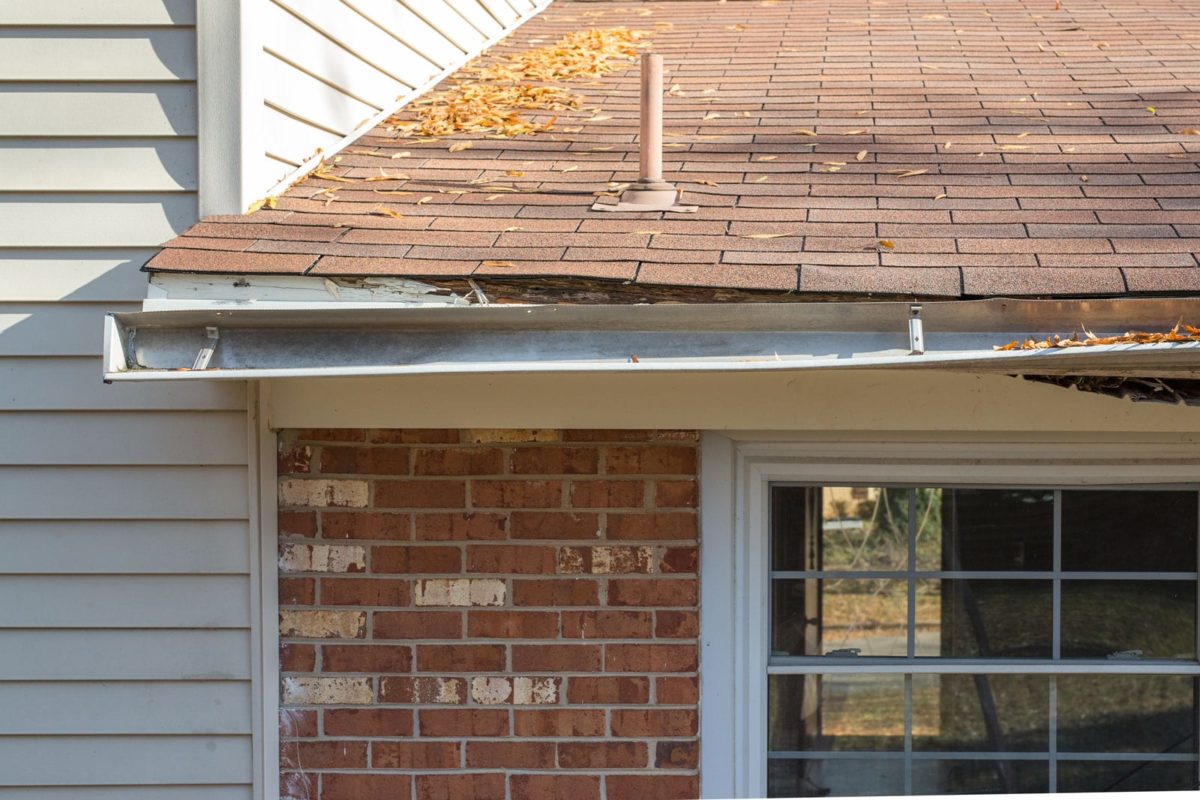

Articles
How Often To Replace Gutters
Modified: January 8, 2024
"Discover expert articles on how often you should replace your gutters and ensure proper maintenance. Get valuable tips and insights for gutter replacement."
(Many of the links in this article redirect to a specific reviewed product. Your purchase of these products through affiliate links helps to generate commission for Storables.com, at no extra cost. Learn more)
Introduction
When it comes to maintaining a functional and efficient home, it’s essential to pay attention to every detail, including your gutters. Gutters play a vital role in diverting rainwater away from your home’s foundation, protecting it from potential water damage. Over time, however, gutters can deteriorate and become less effective, making it crucial to understand when and how often to replace them.
In this article, we will explore the signs of damaged gutters, factors affecting their lifespan, common types of gutters available, and when it’s time to consider replacing them. We will also provide valuable maintenance tips to help you extend the lifespan of your gutters and ensure their optimal performance.
By understanding and implementing proper gutter care, you can avoid potential issues such as water damage, basement flooding, and even structural damage to your home. So, let’s dive in and discover how often to replace gutters and what you can do to keep them in excellent condition!
Key Takeaways:
- Regular gutter inspections, at least twice a year and after severe weather events, are crucial for identifying issues early and preventing costly damage to your home.
- Factors such as material, installation quality, maintenance, and climate conditions all influence the lifespan of your gutters. Choosing the right type of gutters based on your specific needs can significantly extend their longevity.
Read more: How To Replace Box Gutters
Signs of Damaged Gutters
Recognizing the signs of damaged gutters is crucial in determining when it’s time for a replacement. Here are some common indicators that your gutters may be in need of repair or replacement:
- Visible cracks or splits: Inspect your gutters regularly for any visible cracks, splits, or holes. These can occur due to age, extreme weather conditions, or physical damage. If left untreated, they can lead to leaks and further deterioration.
- Sagging or pulling away: If your gutters are sagging or pulling away from your home’s fascia, it could be a sign of underlying issues, such as improper installation or damage to the gutter system. This can result in improper water flow and potential water damage to your home.
- Overflowing or pooling water: When it rains, your gutters should effectively channel water away from your home. If you notice water overflowing or pooling around the foundation of your home instead, it may indicate a clog or insufficient gutter capacity. This can lead to water seeping into your basement or causing damage to your foundation.
- Rust or corrosion: Over time, gutters made of materials like steel or iron can experience rust or corrosion. Not only does this affect the aesthetic appeal of your gutters, but it also compromises their structural integrity. If you notice rust spots or signs of corrosion, it may be time to consider replacing your gutters.
- Gutters pulling away from the roofline: When gutters start to pull away from the roofline, it can lead to water overflow and potential damage to the roof, fascia, and soffit. This is often caused by loose or missing gutter hangers or nails, inadequate attachment, or deteriorated roof flashing.
- Frequent gutter clogs: If you find yourself frequently dealing with clogged gutters, it may indicate a problem with your gutter system. Clogs can result from debris buildup, such as leaves, twigs, and dirt, which prevent proper water flow. Continuous clogging can cause damage to the gutters, making replacement necessary.
It’s important to regularly inspect your gutters for these signs of damage. By addressing any issues promptly, you can prevent further damage to your home and ensure that your gutters function effectively in diverting rainwater away from your property.
Factors Affecting the Lifespan of Gutters
Several factors can influence the lifespan of your gutters. Understanding these factors can help you determine how often to replace them and what measures to take to extend their lifespan. Here are some key factors that affect the longevity of gutters:
- Material: The material your gutters are made of plays a significant role in their lifespan. Common gutter materials include aluminum, vinyl, steel, and copper. Aluminum gutters are popular due to their durability and resistance to rust. Vinyl gutters are lightweight and low-maintenance, but they may not be as durable as other materials. Steel gutters are sturdy but can be prone to rust if not properly maintained. Copper gutters are highly durable and can last for decades with proper care.
- Installation quality: Proper installation is essential for the longevity of your gutters. If gutters are poorly installed, they may not be securely attached to your home, leading to sagging, pulling away, and reduced water flow. Hiring a professional gutter installer can ensure that your gutters are installed correctly, contributing to their lifespan.
- Maintenance: Regular gutter maintenance is crucial for preserving their lifespan. Accumulated debris, such as leaves, branches, and dirt, can cause clogs and prevent water from flowing freely. Clogged gutters can lead to water damage and deterioration over time. Regular cleaning and gutter maintenance can help prevent such issues and prolong the lifespan of your gutters.
- Climate and weather conditions: The climate in which you live can impact the lifespan of your gutters. Harsh weather conditions, such as heavy rain, snow, ice, or extreme heat, can put stress on your gutters. It’s important to ensure that your gutters are designed to withstand the specific weather challenges in your area. Additionally, regular inspections after severe weather events can help identify any damage and address it promptly.
- Proximity to trees: If your home is surrounded by trees, the debris from falling leaves and branches can accumulate in your gutters. This can lead to clogs and hinder proper water flow. Regularly clearing out gutter debris or installing gutter guards can help prevent clogs and prolong the lifespan of your gutters.
By considering these factors and taking appropriate measures, you can maximize the lifespan of your gutters and ensure they provide optimal protection for your home.
Common Types of Gutters
When it comes to choosing the right gutters for your home, there are several options available. Each type of gutter has its own advantages and considerations. Here are some common types of gutters:
- Aluminum gutters: Aluminum gutters are one of the most popular choices due to their durability, lightweight nature, and resistance to rust. They are available in seamless and sectional options, making installation easier. Aluminum gutters can last for 20 to 30 years with proper maintenance.
- Vinyl gutters: Vinyl gutters are lightweight, affordable, and easy to install. They are resistant to rust and corrosion and require minimal maintenance. However, they may not be as durable as other materials and can become brittle in extreme temperature changes. Vinyl gutters typically last around 20 years.
- Steel gutters: Steel gutters are sturdy and can handle heavy rainfall and large amounts of debris. They are less likely to crack or break, but they are prone to rust if not properly maintained. Steel gutters can last approximately 15 to 20 years.
- Copper gutters: Copper gutters are highly durable and offer an elegant and classic look. They are resistant to corrosion and can develop a beautiful patina over time. Copper gutters can last for 50 years or more with proper care, making them a long-term investment.
- Seamless gutters: Seamless gutters are custom-made to fit the exact measurements of your home. They are fabricated on-site using a specialized machine, eliminating the need for multiple sections and reducing the risk of leaks. Seamless gutters offer a sleek appearance and can last for several decades.
- K-style gutters: K-style gutters are a popular choice due to their decorative profile that resembles crown molding. They have a flat bottom and backsplash, allowing them to hold more water. K-style gutters are available in various materials and can enhance the aesthetics of your home.
- Half-round gutters: Half-round gutters have a rounded, u-shaped design that blends well with traditional and historic home styles. They allow for smooth water flow and are typically made from materials like aluminum, copper, or steel.
When selecting gutters for your home, consider factors such as durability, maintenance requirements, budget, and aesthetic appeal. Consulting with a gutter professional can help you make an informed decision and choose the right gutters that meet your specific needs.
It is recommended to replace gutters every 20-30 years, depending on the material and maintenance. Inspect them annually for signs of damage or wear.
How Often to Inspect Gutters
Regular gutter inspections are crucial for identifying potential issues early on and ensuring the effective functioning of your gutter system. How often you should inspect your gutters depends on various factors, including your location, weather conditions, and the amount of foliage around your property. Here are some general guidelines to follow:
- Twice a year: It is recommended to inspect your gutters at least twice a year – ideally in the spring and fall. These seasons often bring significant changes in weather and foliage, which can impact the condition of your gutters. Conducting inspections during these seasons allows you to address any issues before they worsen.
- After severe weather events: Following severe storms, heavy rainfall, or strong winds, it is essential to inspect your gutters for any damage or clogs. These events can cause debris buildup, loosen fittings, or even dislodge gutters from their mountings. Prompt inspection and repair can prevent further damage.
- During gutter maintenance: If you regularly clean and maintain your gutters, inspecting them during the cleaning process can provide valuable insights into their condition. Look for signs of damage, clogs, or wear and tear. Cleaning your gutters at least once or twice a year also helps prevent clogs and keeps your gutters in good working order.
- After significant changes to your property: If you make any modifications to your home, such as adding a new roof, extending your house, or landscaping changes, it’s advisable to inspect your gutters afterward. These changes can affect the water flow and the performance of your gutter system. Adjustments or repairs may be required to maintain efficiency.
During your gutter inspections, be thorough and observant. Look for signs of damage, clogs, sagging, leaks, or any other concerns that may require attention. If you’re uncomfortable inspecting your gutters yourself, consider hiring a professional gutter specialist who can provide a comprehensive inspection and recommend any necessary repairs or replacements.
Remember, regular inspections and proactive maintenance are key to preventing major issues with your gutter system and maximizing their lifespan. By incorporating gutter inspections into your home maintenance routine, you can prevent costly damage and ensure your gutters protect your property effectively.
Read more: How To Replace A Deck Board
When to Replace Gutters
While regular maintenance and repairs can significantly extend the lifespan of your gutters, there comes a time when replacement becomes necessary. Knowing when to replace your gutters is important to prevent further damage to your home and maintain the functionality of your gutter system. Here are some indicators that it might be time to replace your gutters:
- Extensive damage: If your gutters have significant damage, such as extensive rust, corrosion, or large cracks that cannot be repaired effectively, replacement is likely the best course of action.
- Frequent leaks: If you find that your gutters are leaking even after repairs, it may indicate that the damage is beyond repair. Constant leaks can lead to water damage to your home’s foundation and should be addressed promptly with gutter replacement.
- Sagging or pulling away: If your gutters are sagging or pulling away from your home, it could indicate issues with the gutter system’s structural integrity. While minor sagging can sometimes be addressed with repairs, severe sagging calls for gutter replacement to maintain proper water flow.
- Visible signs of wear and tear: If your gutters exhibit visible signs of wear and tear, such as peeling paint, dents, or warping, it may be time to consider replacement. These signs indicate that the gutters are no longer capable of effectively channeling water away from your home.
- Frequent clogs: If you find that your gutters are constantly clogging, despite regular cleaning and maintenance, it may be due to inefficient design or the gutters being undersized for your property. In this case, replacing the gutters with a larger size or a more effective design can alleviate the clogging issue.
- Age: The age of your gutters is also an important factor to consider. Most gutters have an average lifespan of 20 to 30 years, depending on the material and maintenance. If your gutters have surpassed their expected lifespan and are showing signs of deterioration, it’s wise to plan for replacement.
It’s important to consult with a professional gutter specialist if you’re unsure about the condition of your gutters and whether they require replacement. They can provide a thorough assessment and recommend the best course of action based on the specific needs of your home.
By replacing your gutters when necessary, you can ensure the optimal performance of your gutter system, protect your home from water damage, and maintain its overall integrity.
Maintenance Tips for Extending Gutter Lifespan
Maintaining your gutters is vital for ensuring their longevity and optimal performance. By following these maintenance tips, you can extend the lifespan of your gutters and minimize the risk of issues that can lead to costly repairs or replacements:
- Regular cleaning: Clean your gutters at least twice a year, in the spring and fall, to remove leaves, twigs, and other debris that can cause clogs. Use a ladder, scoop, and gloves to manually remove the debris, or consider using a gutter cleaning tool or a pressure washer attachment for easier cleaning.
- Trim nearby trees: Trim tree branches that hang over your roof or near your gutters. This helps reduce the amount of debris that falls into the gutters, minimizing the risk of clogs.
- Inspect for leaks: Regularly inspect your gutters for signs of leaks or cracks. If you notice any, repair them promptly using gutter sealant or a patch kit designed for your gutter material.
- Ensure proper water flow: Check that water flows freely through your gutters and downspouts. Use a hose to flush out any remaining debris and ensure that the water is properly directed away from your home’s foundation.
- Consider gutter guards: Install gutter guards or leaf screens to help prevent debris from entering your gutters. These devices allow water to flow through while keeping out leaves and larger debris, reducing the frequency of gutter cleaning.
- Check gutter hangers and fasteners: Regularly inspect and tighten any loose gutter hangers or fasteners. Loose or damaged hangers can cause gutters to sag or pull away from your home, affecting their functionality.
- Monitor downspouts: Ensure that your downspouts are clear of obstructions and securely attached to the gutters. Redirect downspouts away from your home’s foundation to prevent water from pooling near the building.
- Inspect for signs of damage: Keep an eye out for signs of damage, such as rust, corrosion, or peeling paint. Address these issues promptly by repainting, applying rust inhibitor, or replacing damaged gutter sections.
- Professional inspections: Consider scheduling professional gutter inspections at least once a year. Gutter specialists can assess the condition of your gutters, identify potential problems, and provide necessary repairs or replacements.
By incorporating these maintenance tips into your routine, you can ensure that your gutters remain in excellent condition, effectively diverting water away from your home and protecting it from potential water damage.
Conclusion
Your gutters play a crucial role in protecting your home from potential water damage. Knowing when and how often to replace your gutters is essential for maintaining their functionality and extending their lifespan. By recognizing the signs of damaged gutters, understanding the factors that affect their longevity, and following proper maintenance practices, you can optimize the performance of your gutter system and safeguard your home.
Regular gutter inspections, at least twice a year and after severe weather events, allow you to identify any issues early on and address them promptly. If your gutters show extensive damage, frequent leaks, sagging, or signs of wear and tear, it’s likely time to consider replacement.
Factors such as material, installation quality, maintenance, climate conditions, and proximity to trees all influence the lifespan of your gutters. Choosing the right type of gutters for your home, such as aluminum, vinyl, steel, or copper, based on your specific needs and budget, can contribute to their longevity.
Maintaining your gutters is crucial for their durability. Regular cleaning, trimming nearby trees, and using gutter guards can help prevent clogs and debris buildup. It’s also important to inspect and repair leaks, ensure proper water flow, and monitor the condition of gutter hangers and fasteners. Don’t forget to redirect downspouts away from your home’s foundation and consider scheduling professional inspections at least once a year.
In conclusion, by understanding how often to replace gutters and implementing effective maintenance practices, you can extend the lifespan of your gutters, protect your home, and ensure the efficient diversion of water away from your property. Regular inspections and proactive care will go a long way in preserving the integrity and functionality of your gutter system for years to come.
Frequently Asked Questions about How Often To Replace Gutters
Was this page helpful?
At Storables.com, we guarantee accurate and reliable information. Our content, validated by Expert Board Contributors, is crafted following stringent Editorial Policies. We're committed to providing you with well-researched, expert-backed insights for all your informational needs.
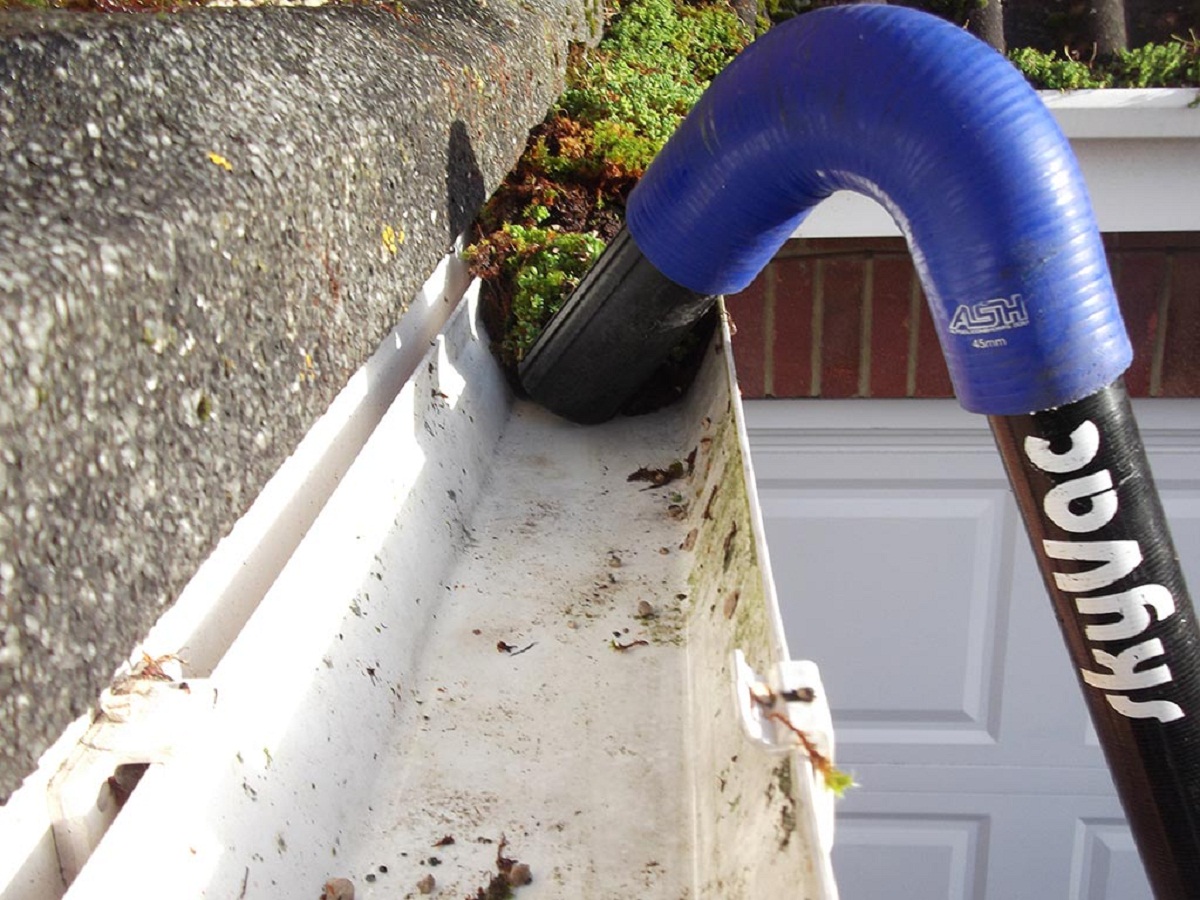


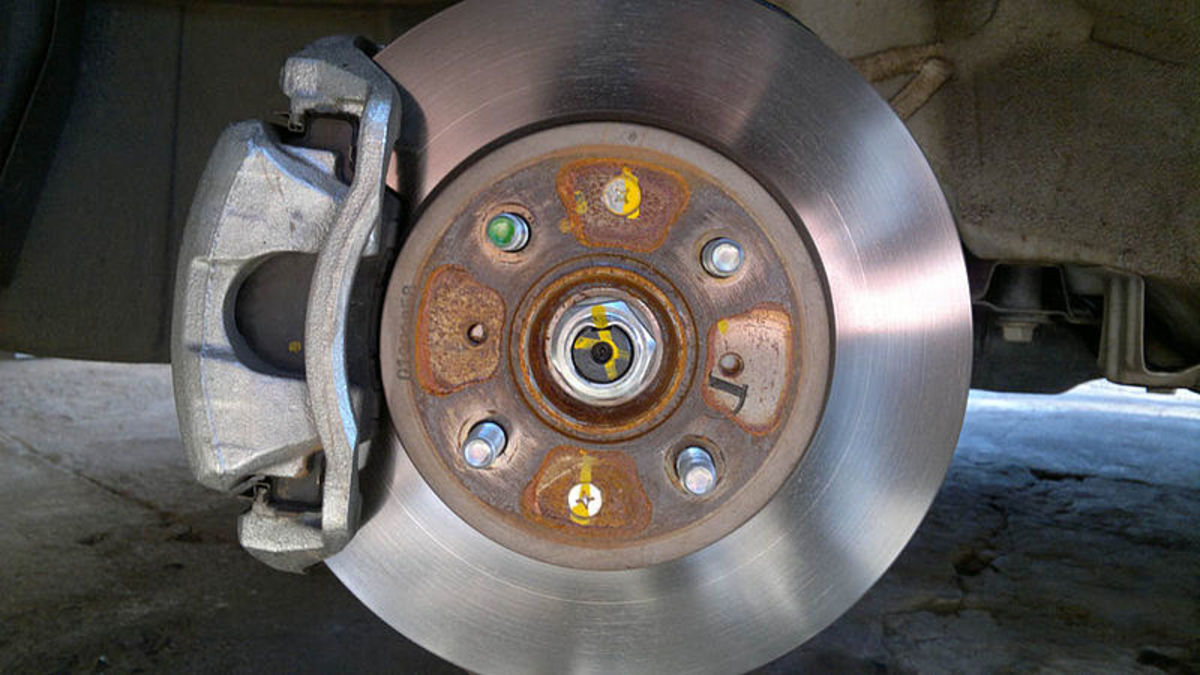
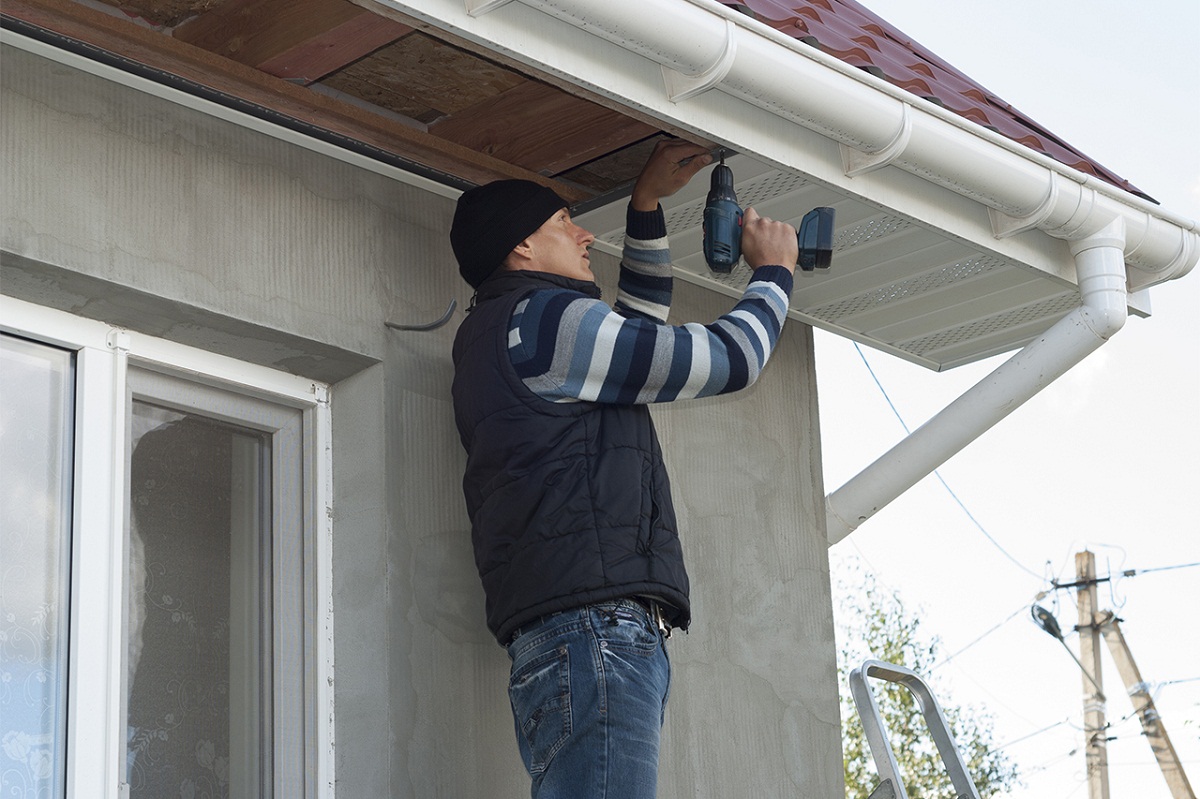
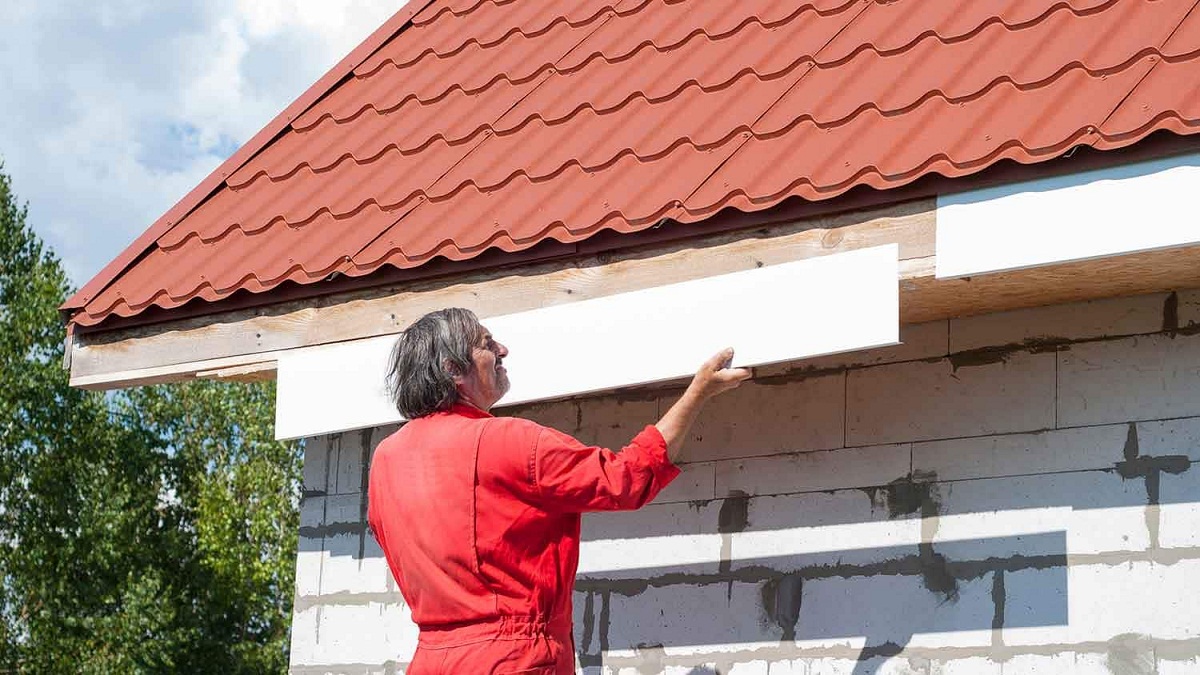
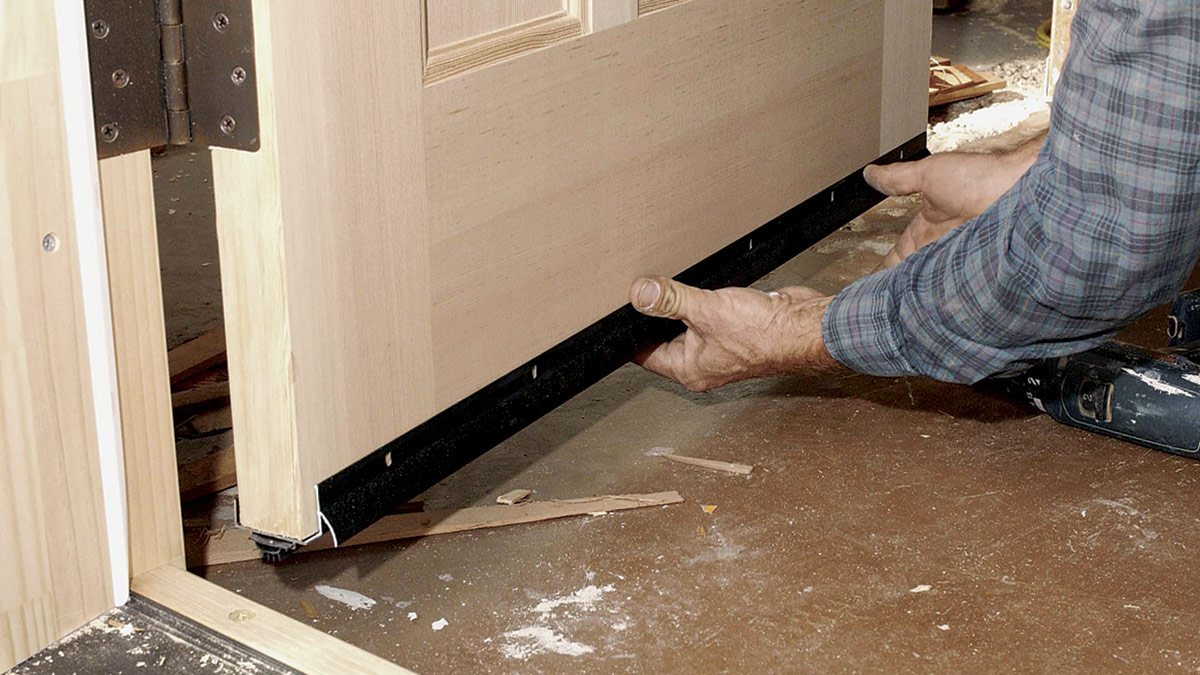

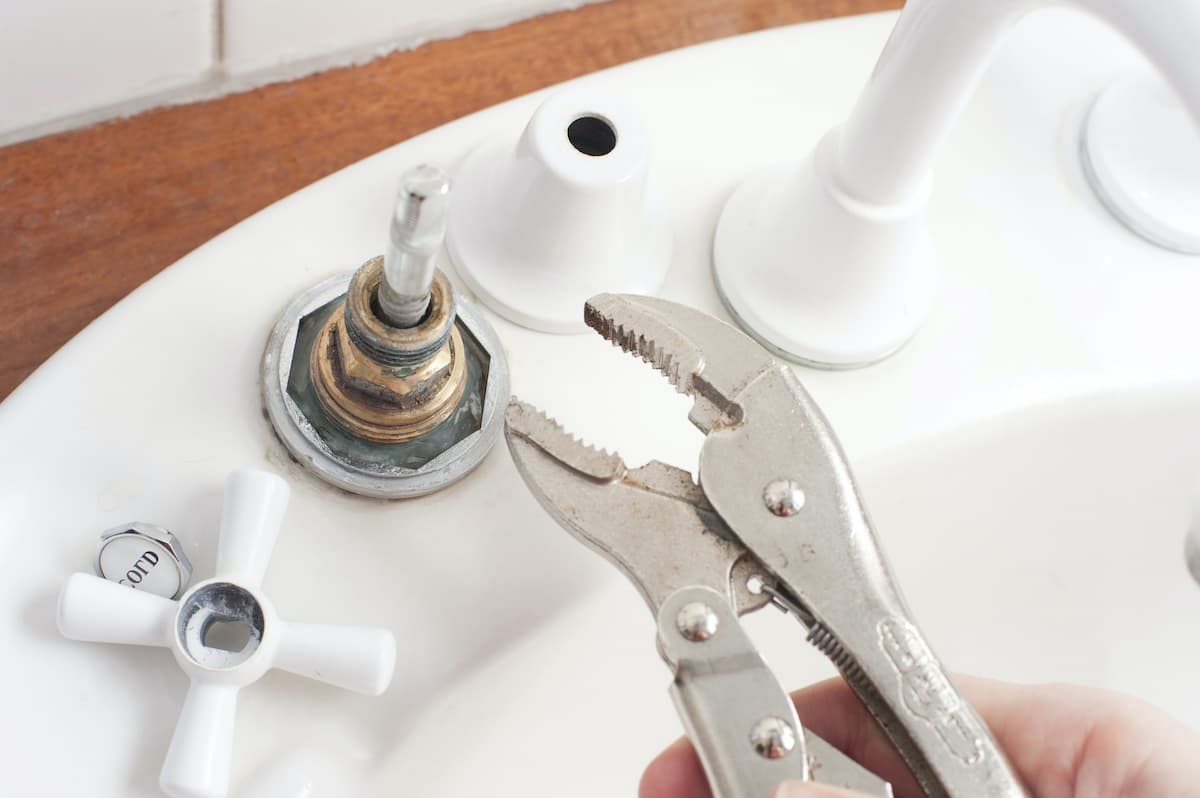
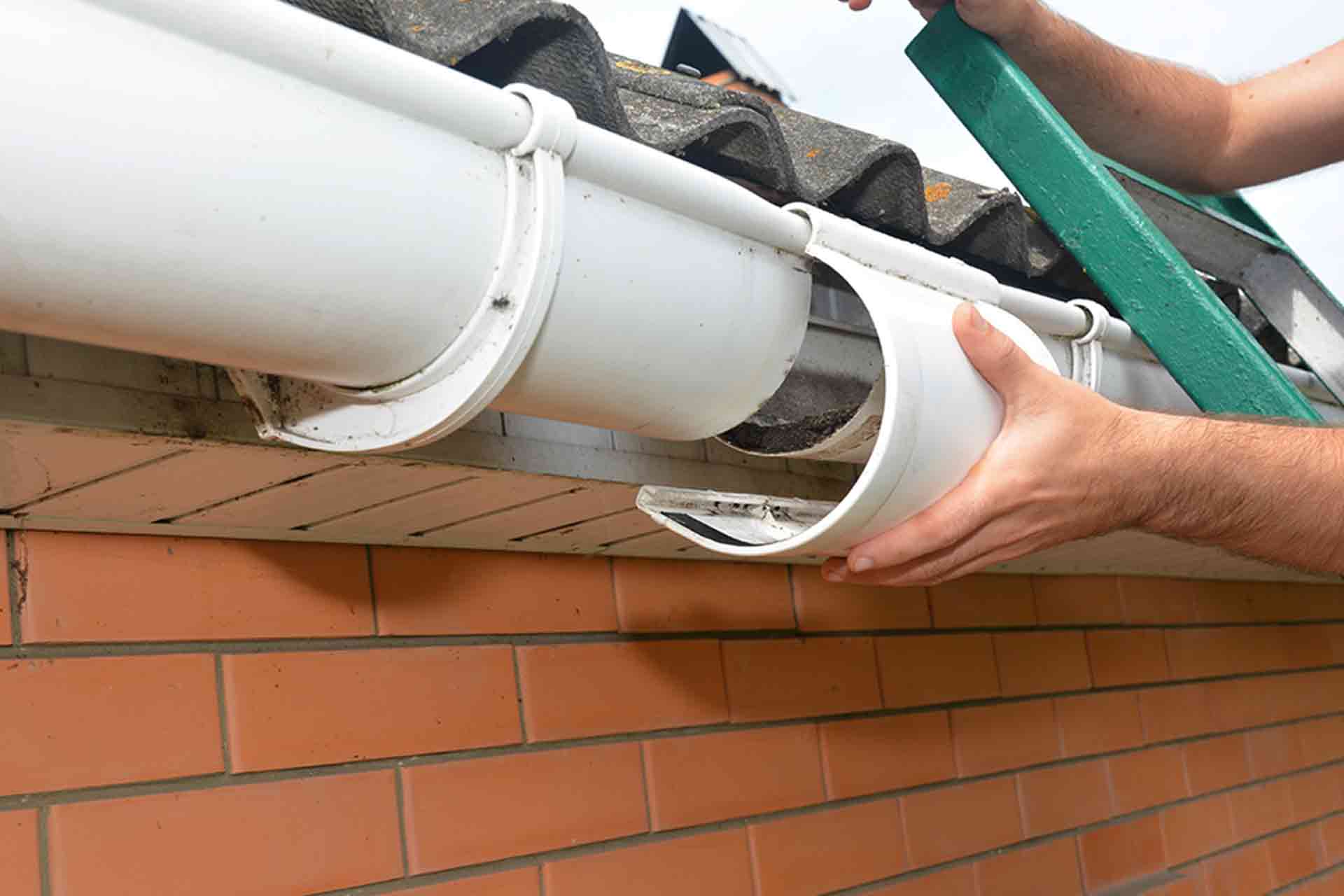
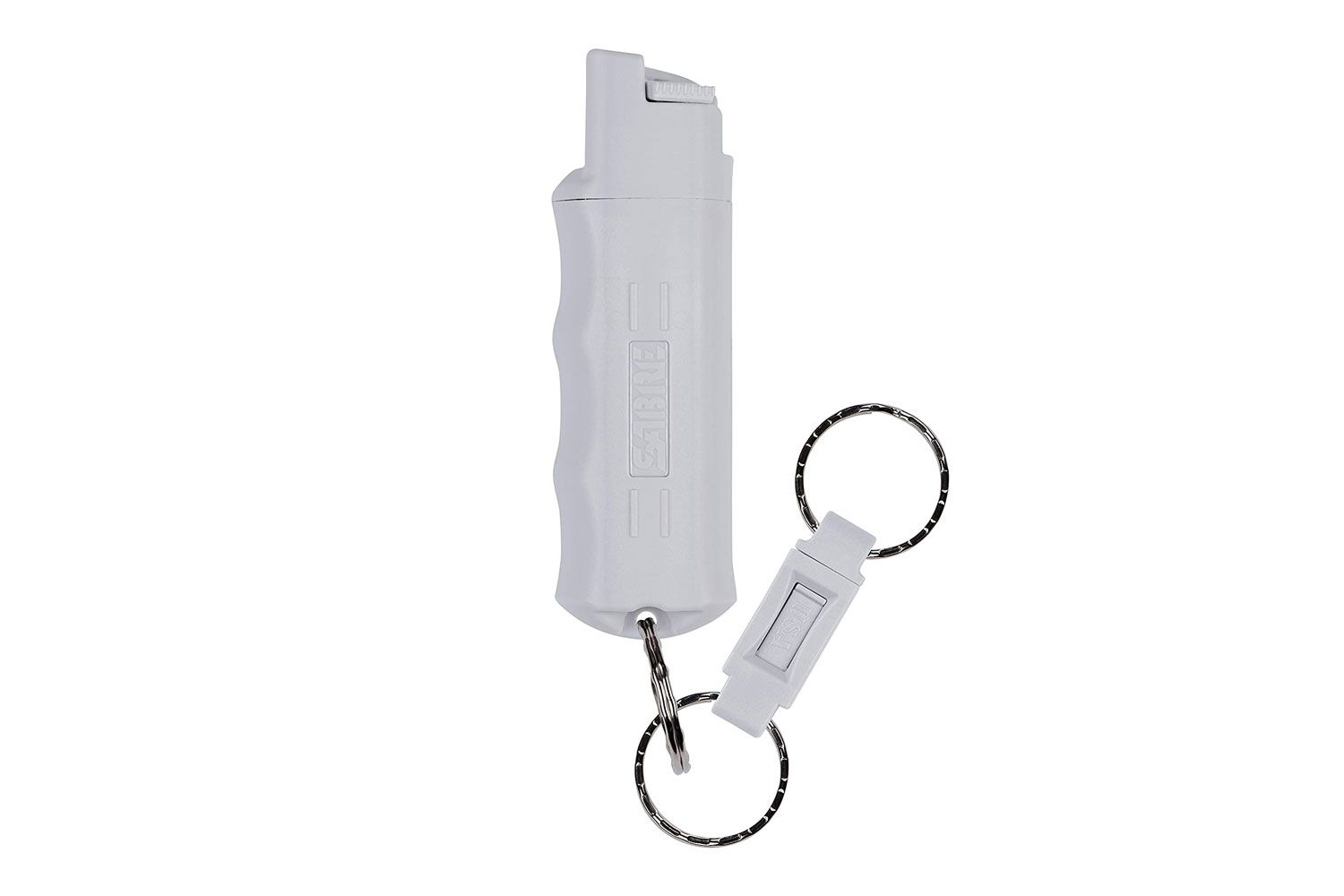
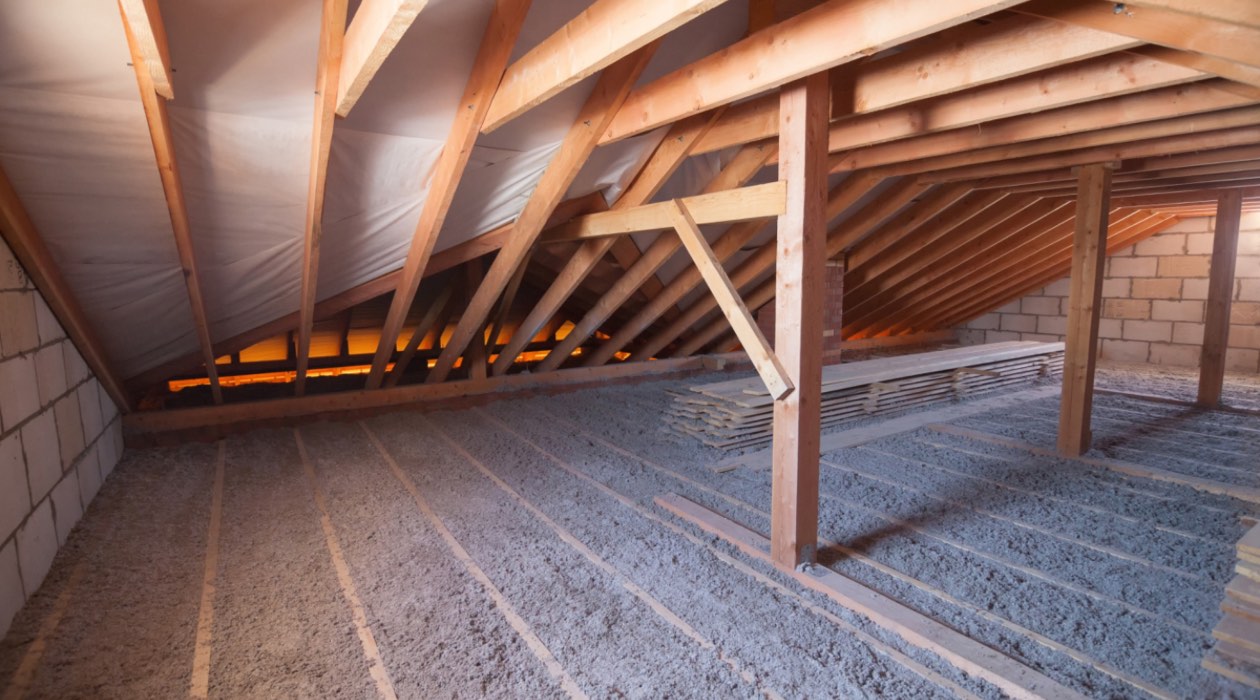

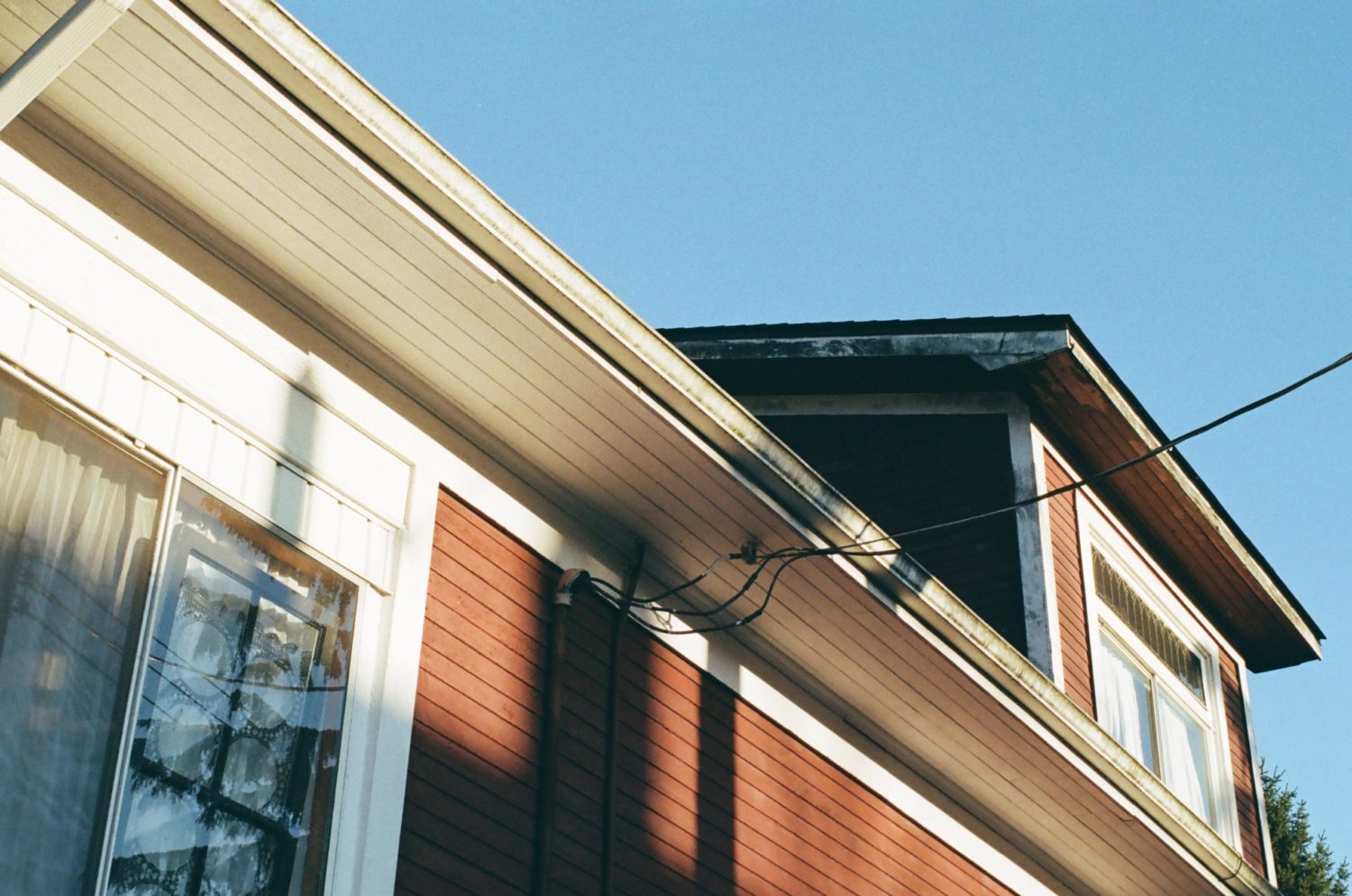

0 thoughts on “How Often To Replace Gutters”